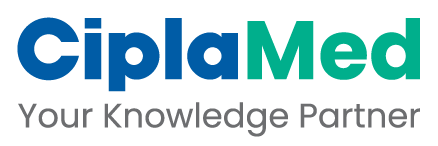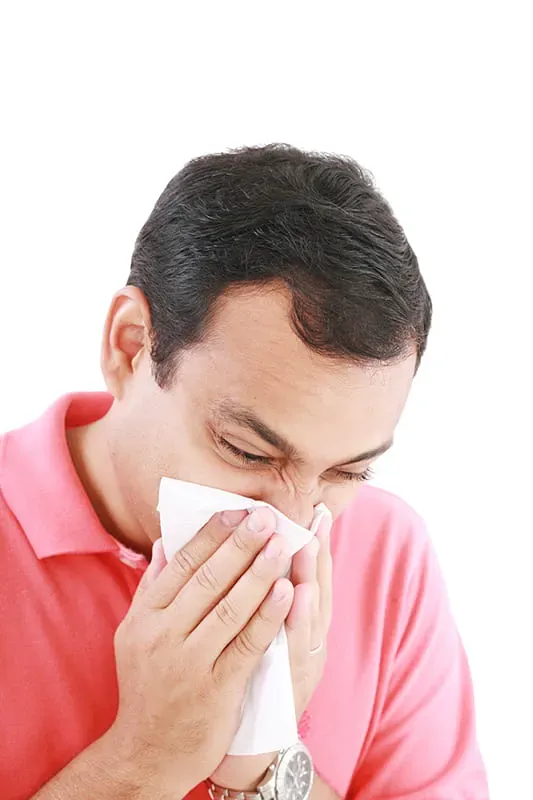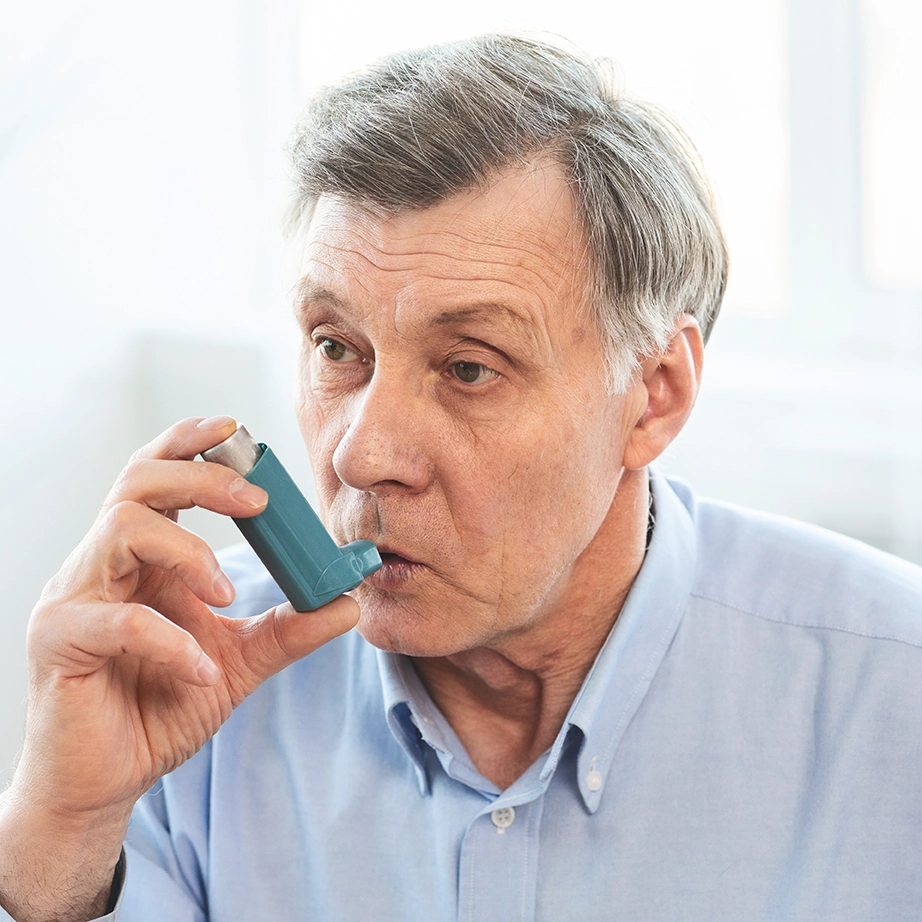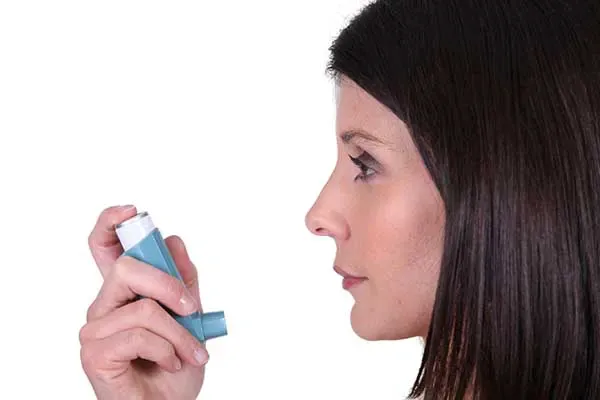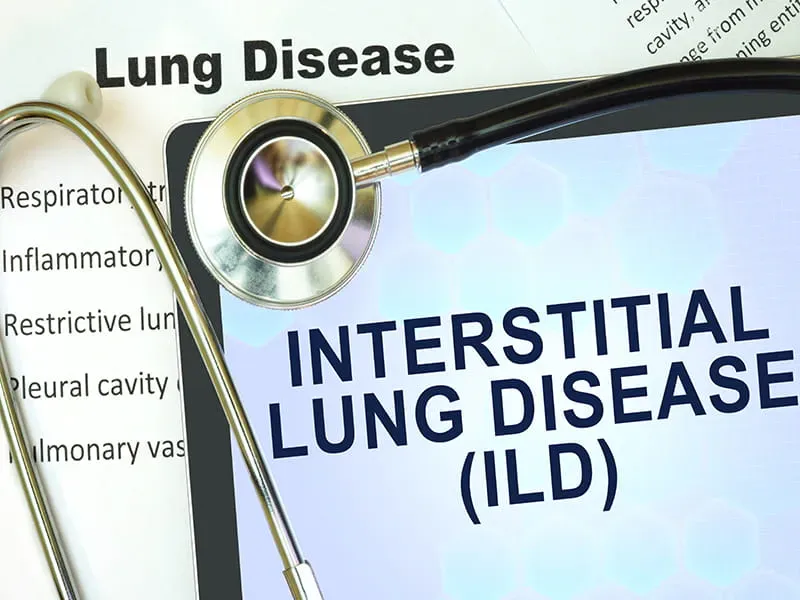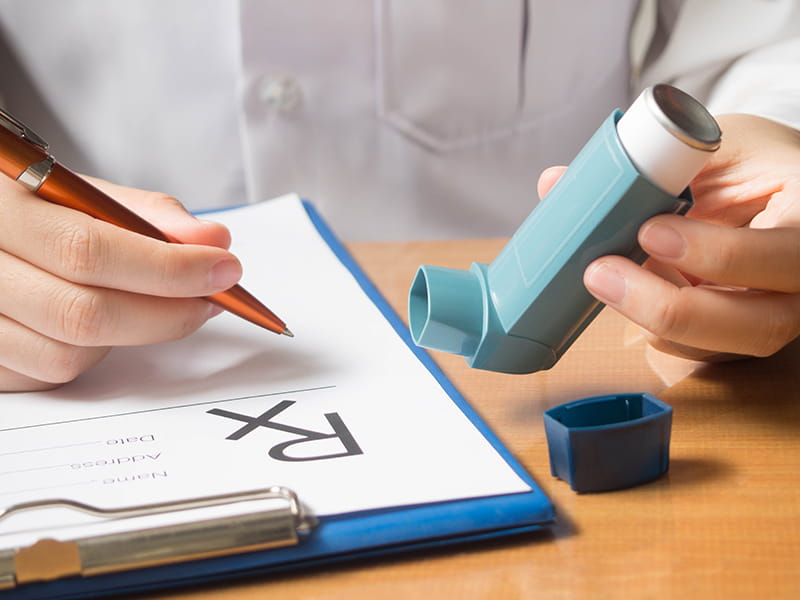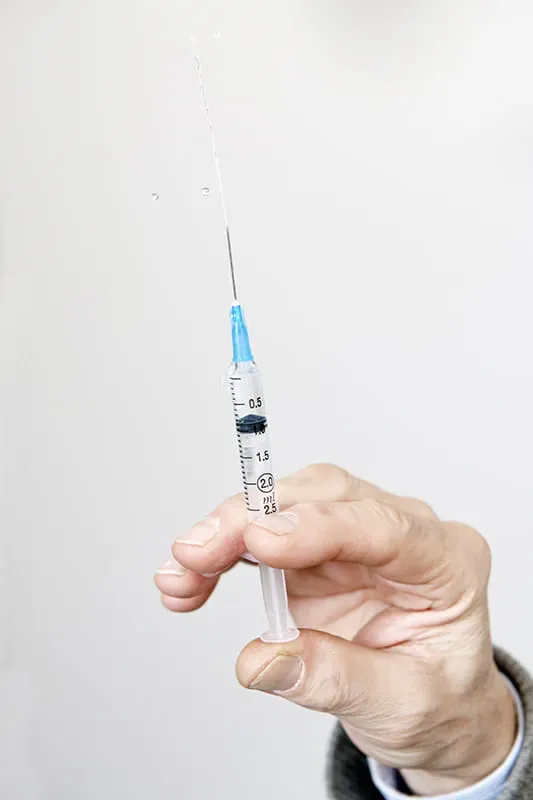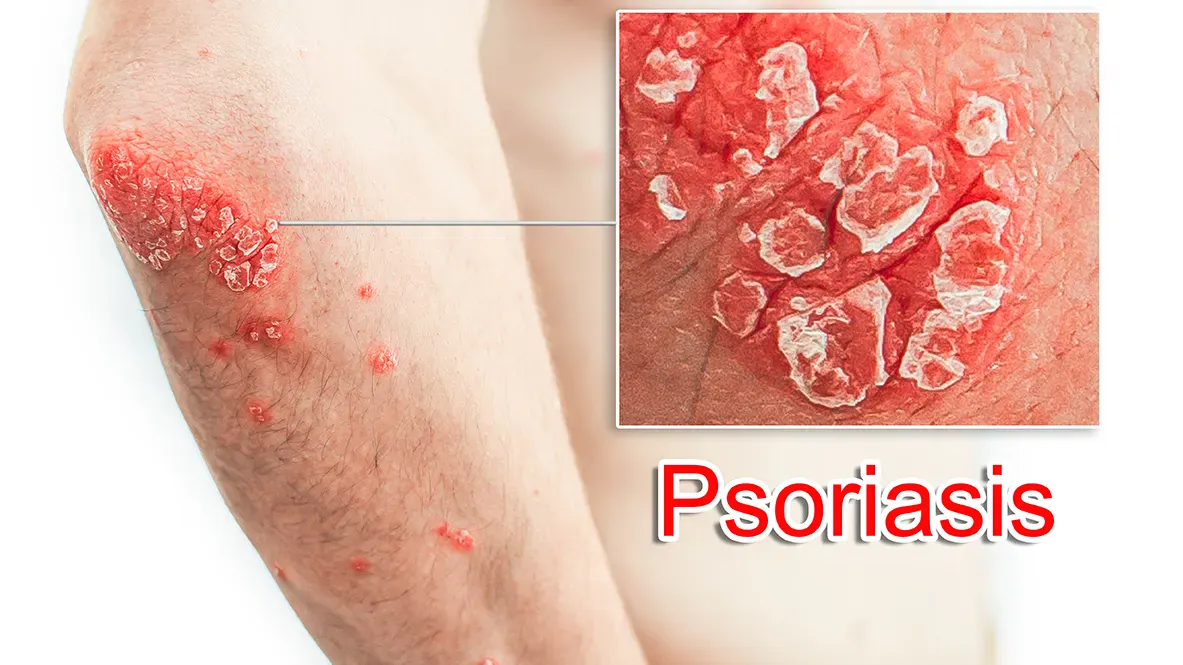Clinical Outcomes of Amoxicillin - Clavulanate for 5 Days Verses 10 Days in Children with Acute Otitis Media
Introduction
Acute otitis media is the most frequently diagnosed illness in children and the most commonly cited indication for antimicrobial treatment
Aim
To determine whether limiting antimicrobial treatment to 5 days rather than using the standard 10-day regimen would afford equivalent outcomes and reduce the risk of antimicrobial resistance among children with acute otitis media
Patient Profile
Children of 6 to 23 months of age with acute otitis media
Methods
*90mg of amoxicillin and 6.4 mg of clavulanate per kilogram of body weight
- Rates of clinical response (in a systematic fashion, on the basis of signs and symptomatic response), recurrence, and nasopharyngeal colonization were measured
Study Outcomes
- The primary measure was the percentage of children who had clinical failure after treatment of the index infection.
- Secondary measures included symptom burden over the period from day 6 (when placebo use in the 5-day group began) to day 14 of the index episode, rates of recurrence
Results
- The mean duration of follow-up was 4.4 months in the 10-day group and 3.9 months in the 5-day group (P = 0.007)
- Reduced duration treatment with amoxicillin–clavulanate for 5 days was less effective than standard-duration treatment for 10 days
- Children who were treated with amoxicillin–clavulanate for 5 days were more likely than those who were treated for 10 days to have clinical failure
Figure 1: Clinical failure rates in 5-day group and 10-day group
- Children exposed three or more children for 10 or more hours per week showed greater clinical failure rates than among those with less exposure (P = 0.02) and were also greater among children with infection in both ears than among those with infection in one ear (P<0.001)
|
Characteristic |
10-Day Group (N = 257) (%) |
5-Day Group (N = 258) (%) |
P Value |
|
All children (%) |
16 |
34 |
— |
|
Age at entry |
|
|
0.94 |
|
12–23 mo |
13 |
37 |
|
|
6–11 mo |
20 |
31 |
|
|
Exposure to other children |
|
|
0.02 |
|
No |
13 |
25 |
|
|
Yes |
19 |
40 |
|
|
AOM-SOS score at entry |
|
|
0.19 |
|
≤8 |
19 |
37 |
|
|
>8 |
15 |
30 |
|
|
Ears affected by otitis media |
|
|
<0.001 |
|
One |
8 |
23 |
|
|
Both |
25 |
44 |
|
|
Degree of tympanic-membrane bulging in worse ear |
|
|
0.12 |
|
Slight or moderate |
15 |
31 |
|
|
Marked |
20 |
39 |
|
|
Estimated severity of illness on the basis of pain and fever history only |
|
|
0.38 |
|
Probably nonsevere |
20 |
26 |
|
|
Probably severe |
13 |
40 |
|
|
No. of significantly unfavorable characteristics |
|
|
<0.001‡ |
|
0 |
8 |
22 |
|
|
1 |
12 |
26 |
|
|
2 |
31 |
52 |
|
|
Measure of Symptomatic Response |
5-day group |
10-day group |
P- value |
|
Mean symptom scores over a period from day 6 to day 14 |
1.61 |
1.34 |
0.07 |
|
The mean scores at the day-12-to-14 assessment |
1.89 |
1.20 |
0.001 |
|
% of children whose symptom scores decreased more than 50% (indicating less severe symptoms) from baseline to the end of treatment |
80 |
91 |
0.003 |
- No significant between-group differences in rates of recurrence, adverse events, or nasopharyngeal colonization with penicillin-non-susceptible pathogens were reported
Conclusion
- The treatment of acute otitis media with amoxicillin–clavulanate for 5 days afforded less-favorable short-term outcomes than treatment for 10 days
- Neither the rate of adverse events nor the rate of emergence of antimicrobial resistance was lower with the shorter regimen
Reference
N Engl J Med 2016;375:2446-56.

